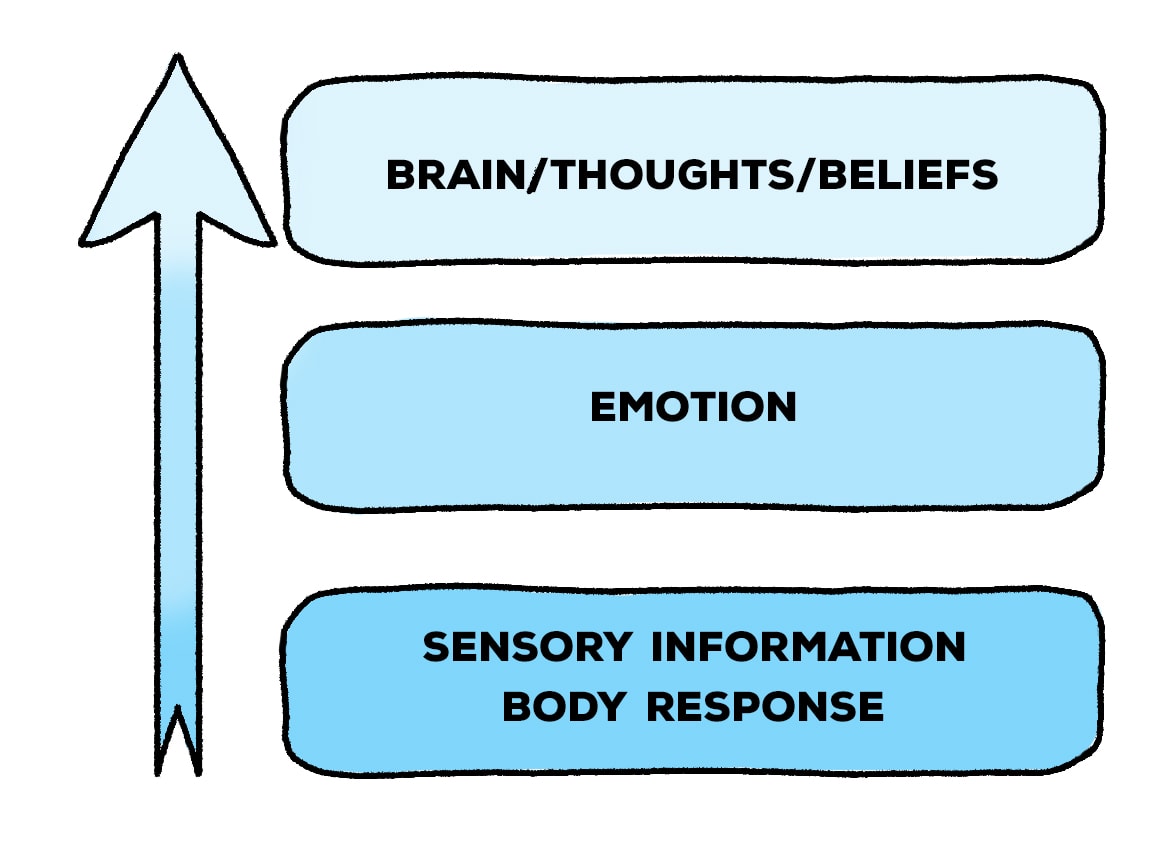Bottom-up Processing is a method of processing information that begins with the smallest details before moving on to more complicated concepts. This is distinct from top-down process, in which we first get an overall view of the scene, and then search for evidence specific to favor of the initial hypothesis. For example, someone who is visually processing an urban street could first create an impression of the street is crowded, noisy, and chaotic. To confirm this, they may be looking for signs like the people rushing through crowds or traffic noises coming emanating from nearby cars.

Because bottom-up processing tends to be more data-driven and analytical, it has been widely examined in relation to specific cognitive tasks, such as perception and memory. However, it also has the potential to play an important role in other areas of our lives like decisions or creative pursuits like art or design. When utilized strategically and in the right way in the right way, bottom-up processing can lead to better solutions and more insight into complex situations. Bottom-up Processing, in spite of the negative stigma it has in academic circles , can prove extremely helpful for understanding both our environment and our inner workings.
At the heart of our thinking and our actions lies the intricate workings of the brain. This complicated organ is essential to our intelligence, memory and mood. One of the most important mechanisms that has been identified to influence the way the brain functions is called bottom-up processing. Bottom-up processing refers specifically to the way information is processed starting at the nerve cell in the brain and progressing through neural pathways that are interconnected. This eventually impacts the higher cognitive functions such as perception or attention. Not only has research shown that this process has massive effects on processes like memory and learning, but it may also have great potential for treatment of disorders that range from schizophrenia to Alzheimer’s. Understanding the mechanism and bottom-up processing that occurs in brain function may help us unlock many of the mysteries that lie beneath the brain’s functioning. This could lead to innovative new techniques in neuroscience as well as healthcare areas.
Bottom-up processing is the way data is processed by our brains. In contrast to top-down processing, which is more focused on integrating prior information and beliefs into the learning process and relies on the inputs of new and unstructured information. Bottom-up processing can be a fantastic method to improve your knowledge for all levels of learners by focusing on specific elements of learning. This includes basic vocabulary and sounds along with more complicated concepts and ideas.
Bottom-up processing can offer a benefit is that it lets us analyze each piece information as it is brought into our system, and allows us to take a step back. This helps us remain engaged with the material we’re studying which can make us more enthusiastic to discover new ideas and refine our existing ones and even spot mistakes or areas to improve. To better comprehend the data, we could identify how they connect through logic chains and networks. Engaging in bottom-up processes can assist us to become more proficient learners and more efficient communicaters.
For more information, click Bottom up processing